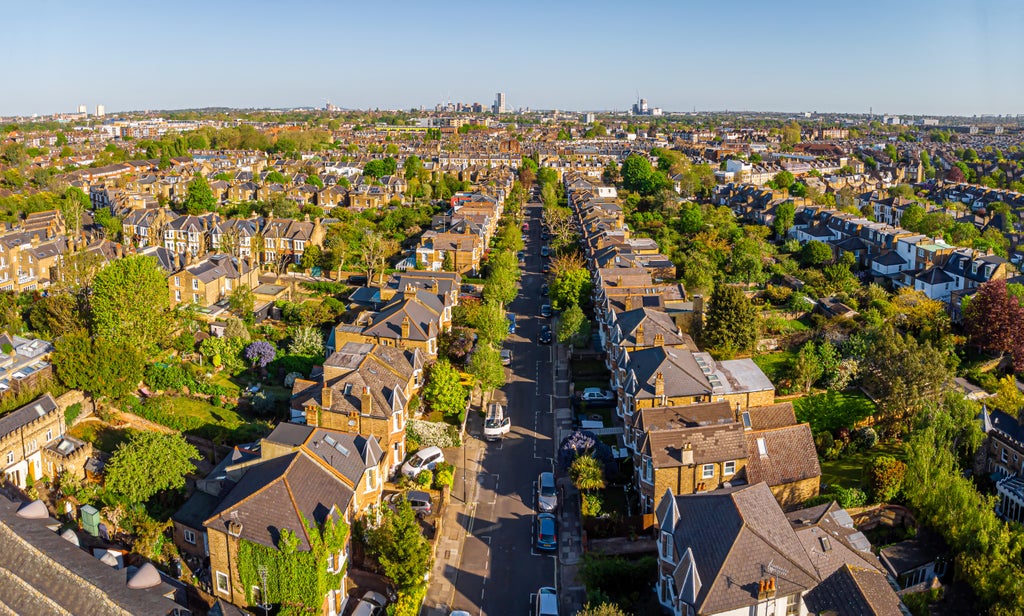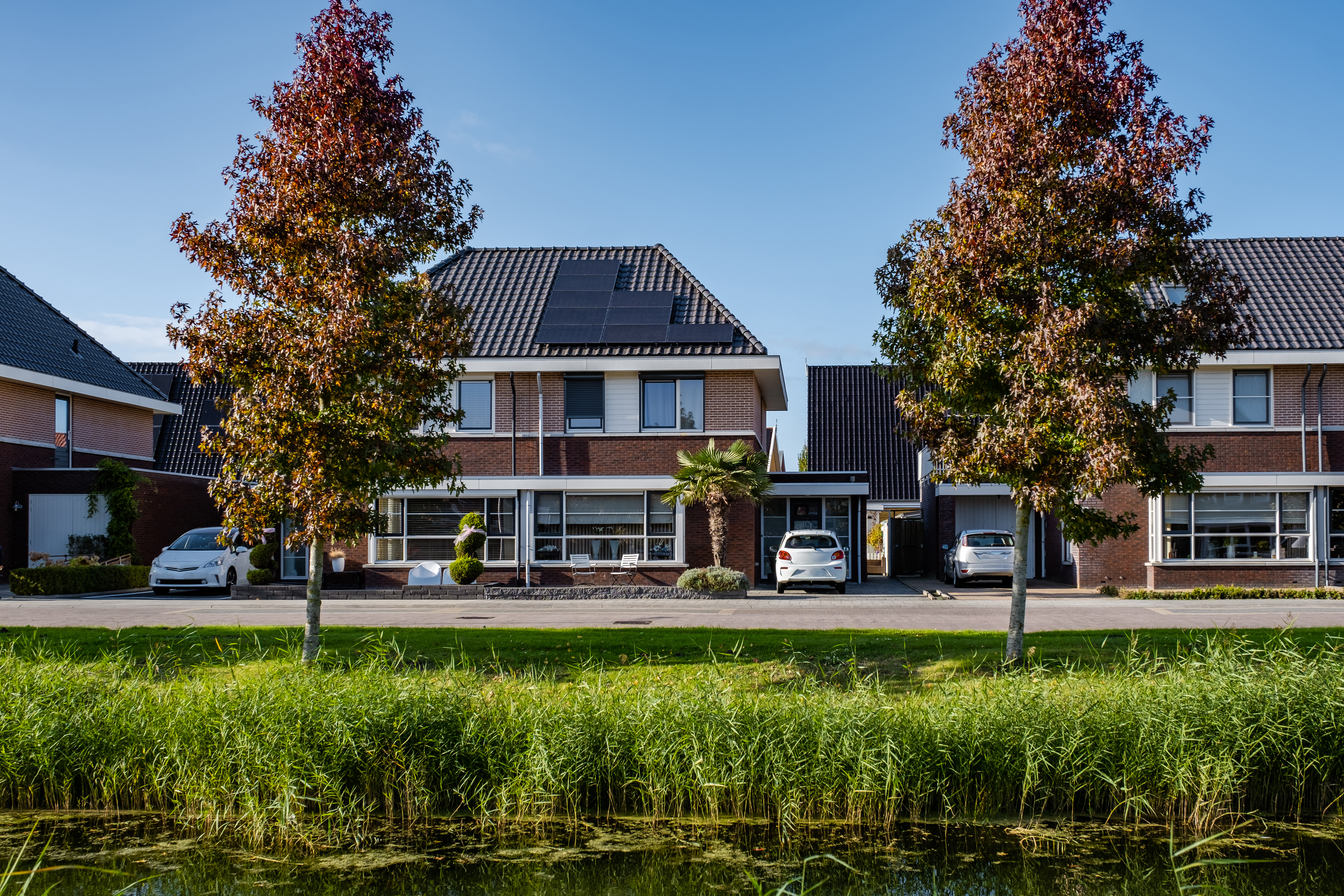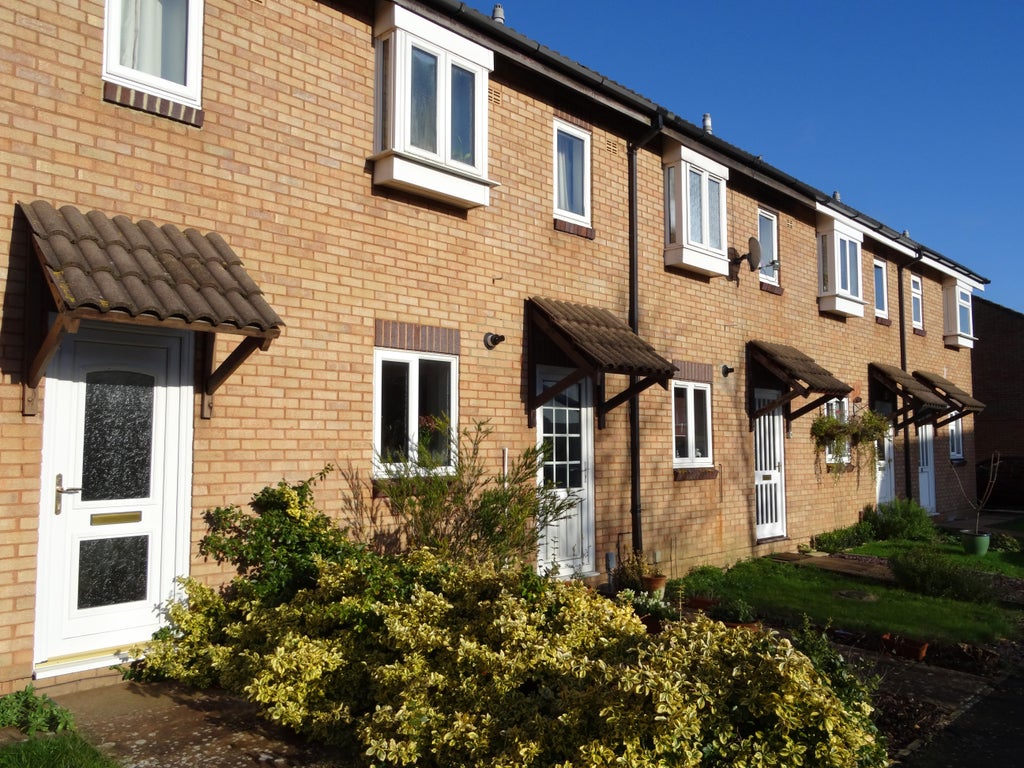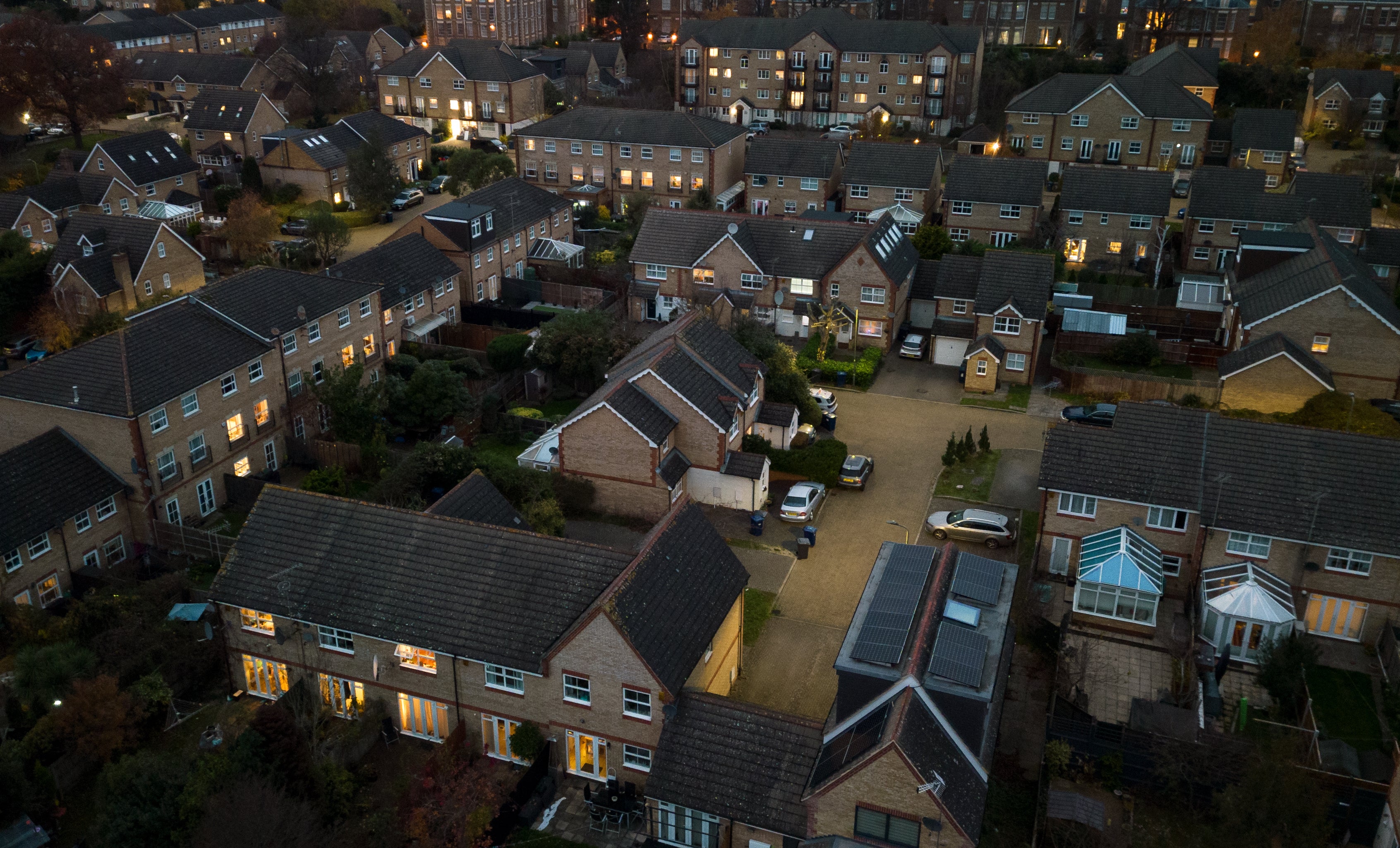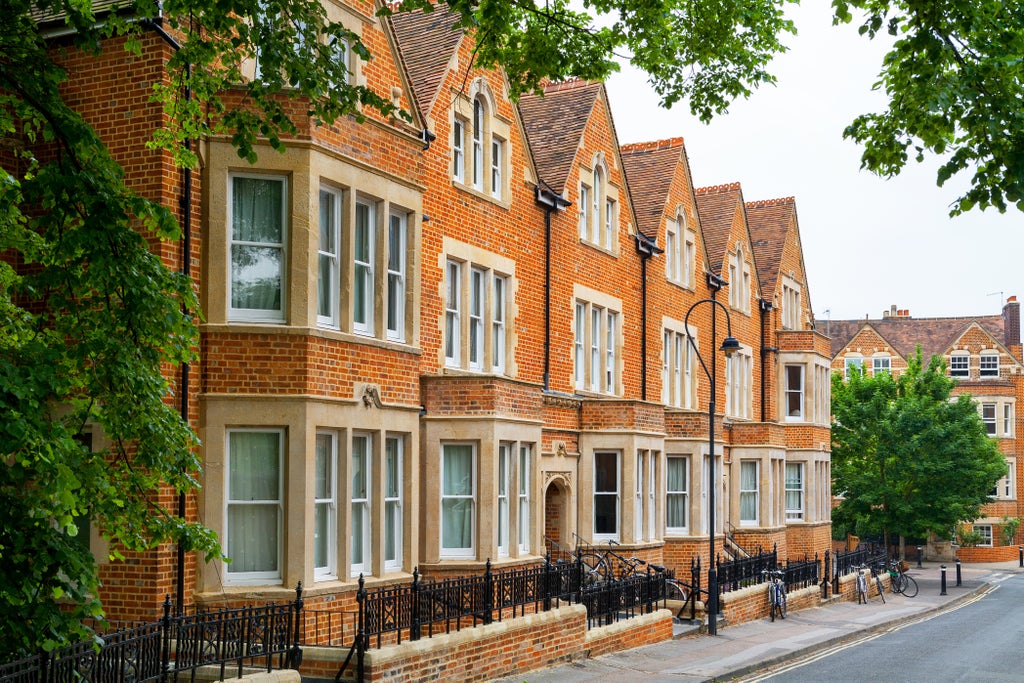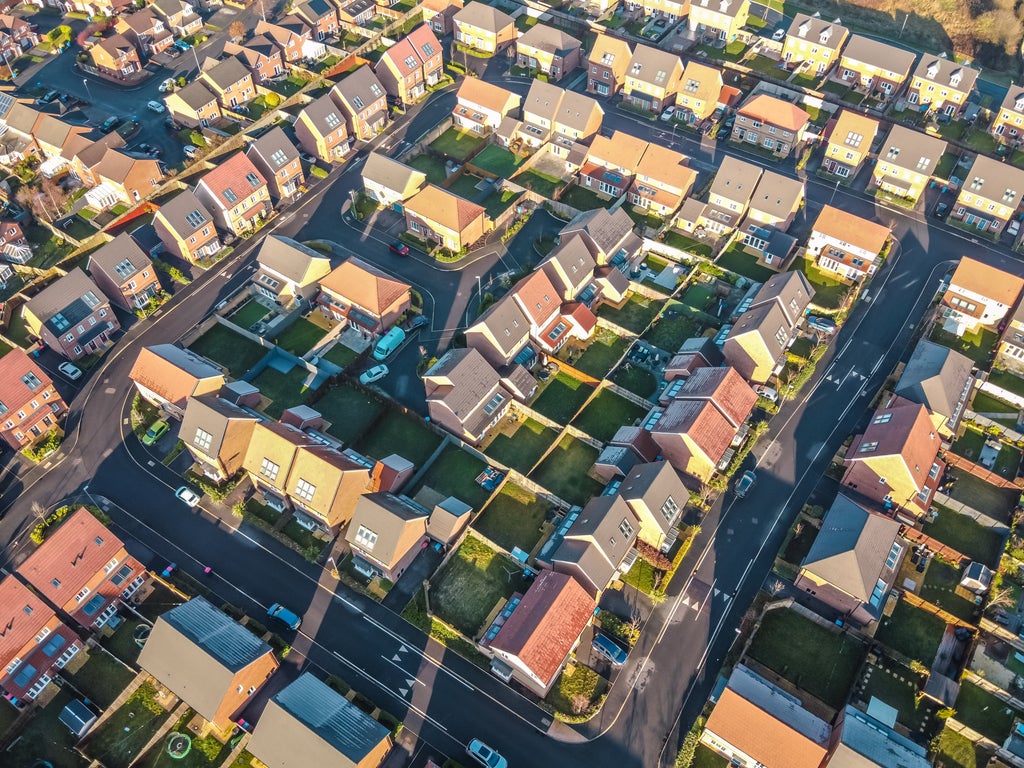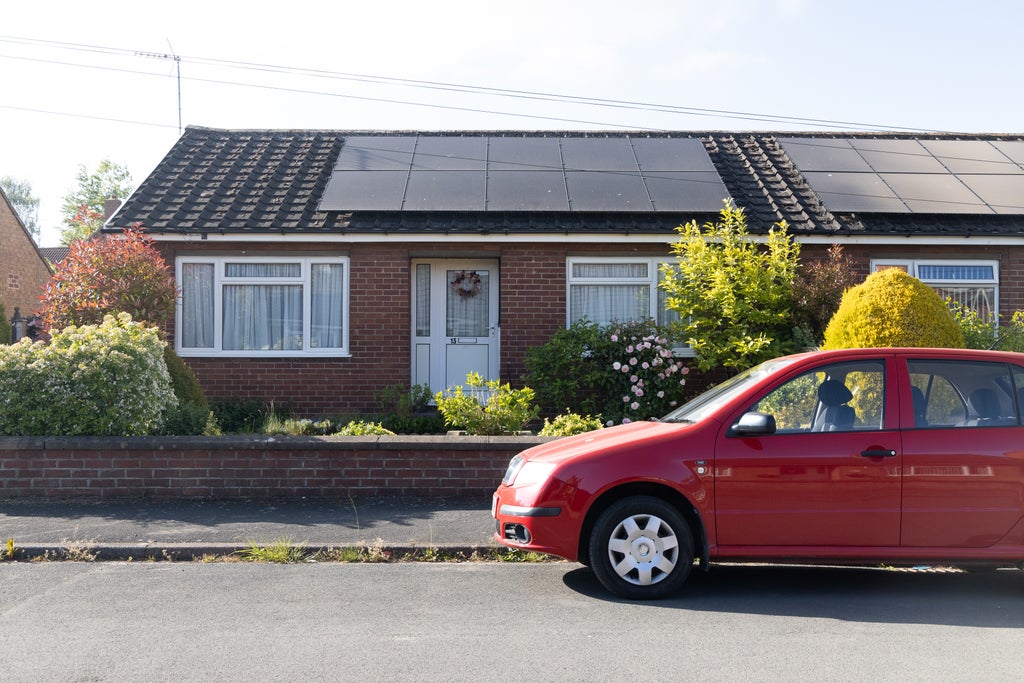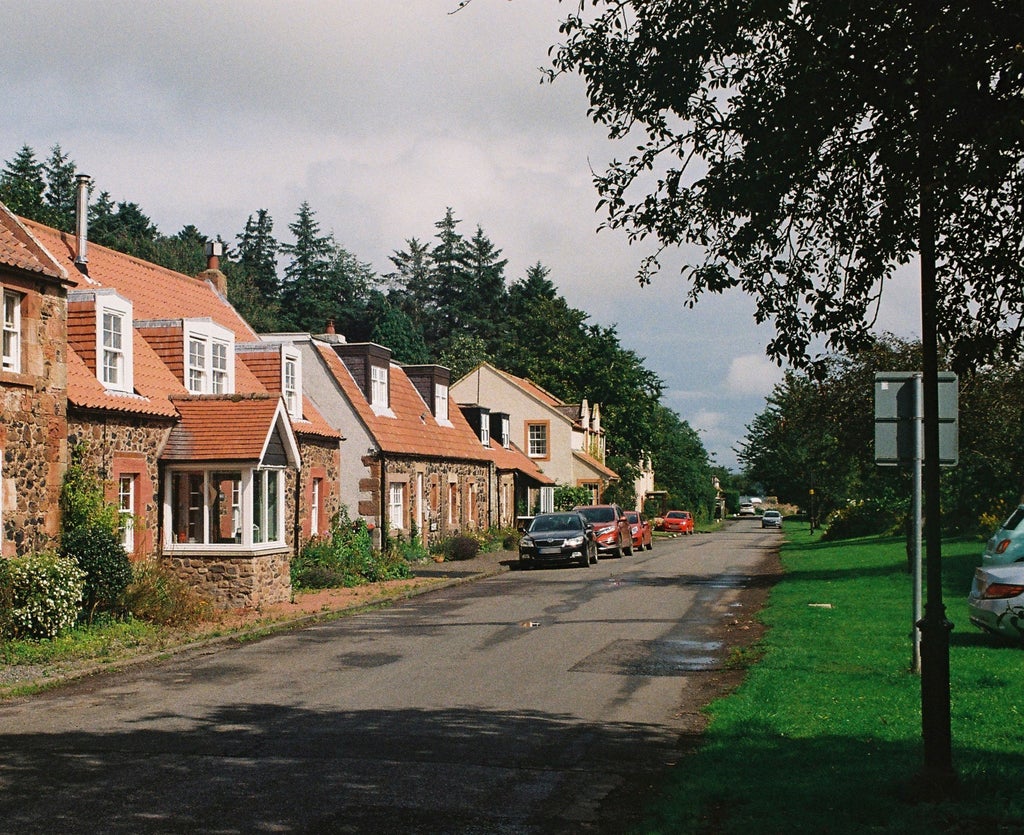The UK government’s range of domestic energy efficiency programmes have been designed to cut household energy bills, reduce carbon emissions, and upgrade housing stock at scale. Schemes such as ECO4 (Energy Company Obligation 4), the Great British Insulation Scheme (GBIS), the Warm Homes Scheme (and predecessors) have delivered billions of pounds of investment.

Cotality has helped the management of thousands of retrofit projects over the past 15 years. Our PAS Hub workflow software is a centralised, automated way of managing and tracking retrofit projects – from survey to lodgement.
This report draws on the unique data Cotality has compiled from the last 12 months of projects delivered on the PAS Hub platform.
The report incorporates SAP improvements, carbon emission savings and household bill reductions to assess the relative impact of each programme. The findings provide valuable insights for stakeholders across retrofit supply chains as they plan and deliver improvements across the housing sector.

ECO4 (Energy Company Obligation 4)
Running until March 2026, and currently under consultation to extend for 6/9 months, ECO4 is the government’s flagship supplier obligation scheme. It requires large energy suppliers to fund energy efficiency improvements in low-income and vulnerable households. Focussing upon the least efficient homes, measures include insulation, heating upgrades, and renewable technologies. The scheme aims to cut fuel poverty, lower carbon emissions, and help the UK progress towards net-zero targets.
- Average SAP rating improvement: 31 SAP points
- Average carbon savings: 3.82 tonnes of CO₂ saved per property per annum
- Average household bill savings: £1,066 annual saving per household per year. Note these are notional annual fuel bill savings predicted by RdSAP.
ECO4 is particularly effective in tackling fuel poverty. It offers a route to upgrade harder-to-transform homes by leveraging supplier funding. The data suggests that strong returns in both carbon reduction and household fuel bill affordability are being delivered.
The reasons for this relatively high performance in both carbon emissions and energy costs can be attributed to a number of factors.
Depth of Retrofit – ECO4 funds multiple measures in one property (e.g. insulation, heating system upgrade/replacement, renewables) as opposed to being limited to single, lower-cost measures.
Target Homes – ECO4 is focused on the least efficient properties (EPC E–G), where upgrades are most likely to create large performance gains.
Funding Intensity – ECO4 allocates greater funding per household, enabling deeper interventions.
This level of improvement does come at a cost though with engagement and project delivery being particularly complex due to the specific eligibility requirements.
GBIS (Great British Insulation Scheme)
Launched in 2023, GBIS is a £1 billion government programme targeting homes with poor energy efficiency. Open to a wide range of households, it provides funding for measures like loft and cavity wall insulation. The scheme is designed to reduce energy bills, improve comfort, and accelerate decarbonisation.
- Average SAP rating improvement: 5 SAP points
- Average carbon savings: 0.63 tonnes of CO₂ saved per property per annum
- Average household bill savings: £240 annual saving per household per year. Note these are notional annual fuel bill savings predicted by RdSAP.
The broad eligibility (includes EPC ratings of D and below) of GBIS makes it a high-volume scheme, well suited to rapid rollouts. Reasons for its lighter impact, at a property level, when compared to ECO4 are:
Depth of Retrofit – GBIS is limited to single, lower-cost measures such as loft or cavity wall insulation, with dual measure capability only being introduced recently.
Target Homes – GBIS often applies to mid-range properties (D or E), where savings are relatively smaller.
Funding Intensity – GBIS spreads its financial support more thinly to reach higher volumes of households.
While per-home savings may be smaller than whole-house retrofit programmes, the aggregated impact across thousands of homes is significant. For local authorities, GBIS can complement more targeted schemes like Warm Homes by delivering quick wins in energy efficiency. However, it may mean homes need revisiting in future and the full opportunity offered by finding an engaged household is lost.
Home Upgrade Grant Phase 2 (HUG2) (superseded by Warm Homes: Local Grant)
HUG2 delivered £1.4 billion in funding (2023–2025) for councils and combined authorities to upgrade off-gas-grid homes. It focused on low-income households in England, improving insulation, installing clean heating, and supporting renewable energy. The scheme helped to reduce reliance on fossil fuels, cut carbon, and tackle fuel poverty in some of the UK’s least efficient homes.
- Average SAP rating improvement: 22 SAP points
- Average carbon savings: 2.5 tonnes of CO₂ saved per property per annum
- Average household bill savings: £620 annual saving per household per year. Note these are notional annual fuel bill savings predicted by RdSAP.
WH:LG provides a route to decarbonise some of the UK’s most challenging properties, with HUG2 focused solely on off-gas properties, whereas WH:LG now extends that to on-gas households.
Depth of Retrofit - On the whole, HUG2 enabled the upgrade of homes that relied on expensive, carbon-intensive fuels such as oil, LPG, or electricity. The replacement of these with heat pumps or renewables can deliver significant carbon and cost savings.
Target Homes - HUG2 targeted private, off-gas-grid homes, typically older and rural. These properties are often much less efficient at baseline, so upgrades achieve higher savings.
Funding Intensity - HUG2 provided relatively higher funding per property, reflecting the complexity of upgrading hard-to-convert, rural homes.
Savings are often substantial due to the high running costs of traditional non-gas heating systems. The high property level effectiveness of this scheme does come with its challenges. Its delivery requires skilled contractors and, due to the level of potential household disruption, careful tenant engagement.
Social Housing Decarbonisation Fund (superseded by Warm Homes: Social Housing Fund)
The SHDF supports social landlords in retrofitting homes with poor EPC ratings. Measures include insulation, low-carbon heating systems, and ventilation. The programme aims to improve comfort, reduce fuel bills, and cut emissions across England’s social housing sector. It has been rolled out in multiple waves, with growing scale and ambition.
- Average SAP rating improvement: 20 SAP points
- Average carbon savings: 1.52 tonnes of CO₂ saved per property per annum
- Average household bill savings: £357 annual saving per household per year. Note these are notional annual fuel bill savings predicted by RdSAP.
The SHDF is a cornerstone of retrofit in the social housing sector. Early waves demonstrated delivery models and supply chain readiness, while later phases are driving scale.
Depth of Retrofit - SHDF commonly improves gas-heated homes through insulation, ventilation, low-carbon heating and PV.
Target Homes - SHDF is designed for large-scale, programme-based delivery across social landlord portfolios, improving thousands of homes in a consistent manner. SHDF focuses on social housing, often in urban areas and frequently mid-terrace or flats. These homes can often be easier to insulate and some already have partial improvements. As a consequence, per-home savings are relatively moderate.
Funding Intensity - SHDF spreads investment across many homes with a view to uplifting their EPC ratings to at least C.
For landlords, the SHDF provides an opportunity to align housing strategies with net zero targets whilst tackling tenant affordability. We have seen the latter remain a priority for our Portfolio clients, even as the Government adapts its goals to decarbonisation over fabric improvement.
Retrofit's return on investment
The table summarises the differences between the four schemes and the relative cost-effectiveness of each.

Although the average cost per household is not a readily available data set for any of the schemes there are a number of government sources from where this can be derived. The table includes cost per £1 saved and cost per tonne of CO2 saved. Note that these numbers are indicative only but they do give a flavour of the return on investment. Appendix 1 -Data sources for cost per property
Conclusion
Government-backed energy efficiency schemes are a critical lever for decarbonising the housing sector, helping alleviate fuel poverty, and upgrading homes at scale.
By comparing carbon savings, and energy bill reductions across ECO4, GBIS, HUG2, and SHDF, stakeholders can see the impact of different eligibility criteria on the number of homes affected and balance of savings delivered.
A combination of policies is required to meet the needs of different households, and Warm Homes policy-makers will be well aware that tailored interventions mean complex eligibility criteria and harder-to-find households.
With this in mind there are two asks of those policy-makers: firstly, ensure that relevant data is available to identify eligibility - software like Portfolio and Pathways can handle complex eligibility criteria provided they reflect data available to the sector; secondly, that support is given to engagement not just installation. This is required in a number of forms from public engagement, to scheme-specific funding that recognises the low-hanging fruit have been harvested.



